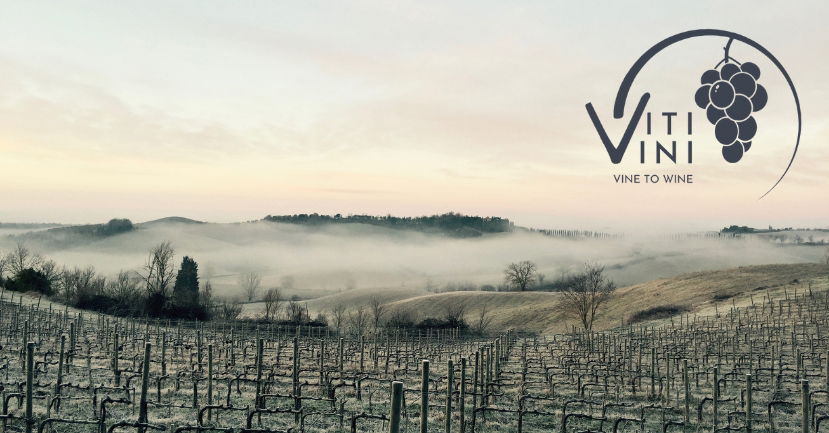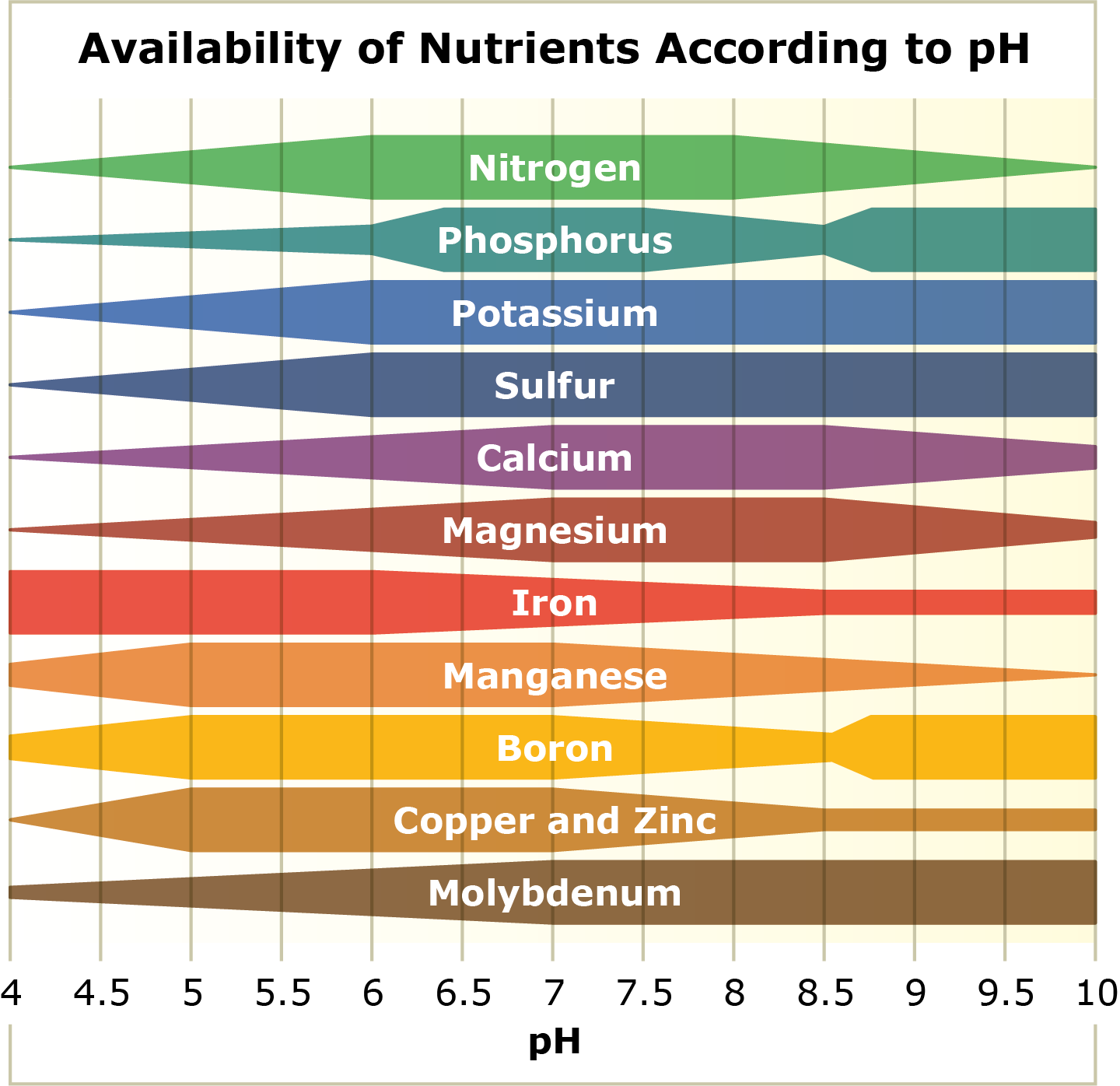BLOG
Vine to Wine: A Year of Viti/Vini - December
Nova Cadamatre MW
Viticulture Insights

Finally, we have reached the end of the winemaking year.
In the vineyard, soil health is a common topic of discussion now that the vines are dormant. This is a great time to dig soil pits and send samples off to discover more about the composition of the soil layers around the root system of the vines.
Soil pH plays a large part in the health of a vineyard as it controls nutrient uptake. Even if the soil contains plenty of a particular nutrient, if soil pH is wrong, that nutrient might not be available in a form that the plant can use. This can lead to micronutrient deficiencies or toxicities. For this reason, it is very important to manage the soil pH.

Lime can be added to sites where the pH is too low or elemental sulfur can be added if the pH is too high. If adjustments need to be made, adding those inputs now gives them time to move down through the soil and become available to the roots when the vines wake up in the spring.
If a vineyard has been pulled out, or a spot is being prepared to be planted, this is a great time to make soil amendments. Not only can pH adjustments be made, but compost can be added and worked into the soil to boost organic matter.
Organic matter is important for maintaining and/or improving soil structure. Good soil structure better enables roots to find pathways to nutrients and water. Lastly, if the site will be fallow (not planted to vines) for several seasons, crops such as buckwheat can be sown to help rebuild the natural structure and ecology of the soil environment.
In the winery, most of the wines have reached a point where they, like pre-teen children, no longer need constant and unceasing supervision. The fermentations that needed to be stopped with residual sugar have been. Most of the wines which will go through malolactic conversion are doing so, and everything else is sulfured and put to bed to wait until blending.
For early release whites, the time between the end of fermentation and blending may only be a few weeks (at the most). High-end reds may spend 18 months or more in barrel, aging. On occasion, one might see a particularly slow fermentation go several months before finishing—sometimes even into the spring—but many fermentations are finished by now.
Since many lots of wine will get their first dose of sulfur dioxide (SO2) this month, it is worth exploring what SO2 is, what it is not, and what it does. WARNING: Significant amounts of geekery ahead!
SO2 is a preservative, an antioxidant, and an antimicrobial agent that is used to protect wine. It has been used for hundreds if not thousands of years. It was originally added through the burning of elemental sulfur. Today, SO2 is added as Potassium Metabisulfite in powder or liquid form through precise measurement. SO2 is not a sulfide, it is a sulfite. Both are sulfur compounds that happen to differ by only a single ion: sulfide has two negative charges while sulfite has three. Sulfides are most often considered faults in wine. They smell like rotten eggs, canned corn, natural gas, struck matchstick, or a host of other unpleasant aromas. However, there are many of these compounds that, in small amounts, can add considerably to the profile of a wine (looking at you Sauvignon Blanc!).
Sulfite also has a smell, but it is generally more sharp, pungent, and slightly acrid. It is usually only noticeable in wine if added in abnormally high doses (particularly in low pH white wines). There are a whole host of other foods which have much higher levels of added sulfites than what is typically added to wine. (Dried fruits, such as apricots, are a particular example. It is not unusual to smell sulfites when opening a bag!)
A small percentage of the population is legitimately allergic to sulfites and those people know who they are and what foods and beverages affect them. However, there are a great many people who think they are allergic to sulfites but are actually reacting to compounds such as histamines (a byproduct of malolactic conversion) or alcohol. If you have a reaction to wine, your healthcare provider can determine the actual allergen within it.
Sulfites in wine are divided into two categories: free sulfites and total sulfites. Free sulfites interest winemakers most since these molecules bind to oxygen (to protect the wine from oxidation); they also inhibit microbes. Total sulfites can have minor protective benefits, but primarily indicate how much sulfite has been added to the wine over its lifetime. Bound sulfites are not as helpful free sulfites.
Here’s where it gets tricky. Free sulfites not only bind to oxygen, they also bind to aldehydes and sugar. Wines with high quantities of aldehydes and sugar will generally have a higher total sulfite number since so much more SO2 needs to be added (to accommodate the molecular bonding) and still remain in quantity in “free form” to offer protection against oxidation and microbial spoilage.
As was mentioned last month, a wine’s pH also plays a role in the amount of sulfites needed to protect a wine from oxidation and microbial spoilage. Lower pH wines need less total SO2 to maintain an adequate level of free SO2 (often called the level of molecular SO2). For example, a dry Riesling with a pH of 3.1 might only need 20 parts per million of free SO2 to adequately protect it from oxidation while a Cabernet with a pH of 3.8 would need close to 40 parts per million to have the same level of protection.
Finally, let us touch on what makes a wine age worthy. It is a well-documented statistic that 98% of all wine is drunk within 24 hours of purchase. In reality, most wines are not meant to age, and contrary to many consumer beliefs, most wines do not benefit from additional aging. However, it is also true that some wines can last decades.
There are several key components that, in elevated quantities, contribute to a wine’s age ability: acid, sugar, tannin, and alcohol. If at least two of these factors exist in elevated quantities in a wine, the chances are good that it is set up to age and develop over a long period of time. This is why sweet styles of wine such as Auslese-level Riesling and Sauternes age so well. They have plenty of sugar and acid. This is also why Barolo and Bordeaux’s combination of high tannin and elevated acid help these wines age for decades. Port has a trifecta of sugar, tannin, and alcohol and Madeira is just about bulletproof with a plethora of all four components.
Now that we have explored the entire winegrowing and winemaking year, hopefully there is a greater understanding and appreciation for what it takes to craft the wine in your glass. Perhaps an old toast encapsulates this blog journey best: Here’s to the grape whose thin skin is but a veil between the workday and the holiday! Cheers!
About "Vine to Wine": a Year of Viti/Vini Series:
“Vine to Wine” is a new blog series that chronicles what is happening in the vineyard and in the winery each and every month of the calendar year. Nova Cadamatre, MW and winemaker, will author these authoritative and detailed posts drawing upon her studies (Cornell Viticulture and Enology graduate) as well as her winemaking experience in California, China and the Finger Lakes.
Each “Vine to Wine” installment details that month’s vineyard and winery tasks with deep dives into a particular grape growing or wine making topic such as pruning methods and training systems or barrel aging and fermentation vessels.
The series is designed to give wine students and educators an opportunity to develop or hone their technical savvy.
MORE "VINE TO WINE" ARTICLES:
Want to know when new blog articles are released? Join this list to be notified!



